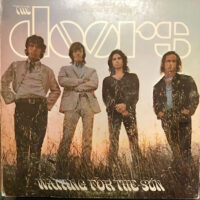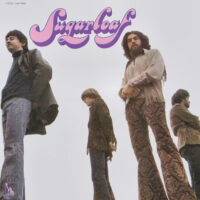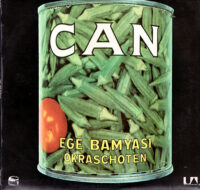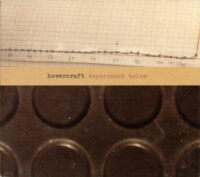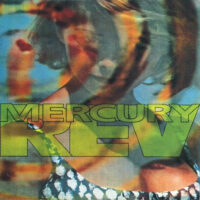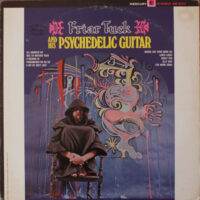
As a guitarist from Detroit coming up in the ’60s and ’70s, Eddy Senay had to deal with some tough competition. Funkadelic’s Eddie Hazel, the Funk Brothers’ Dennis Coffey, the MC5’s Fred “Sonic” Smith and Wayne Kramer, etc. But Senay held his own among these heavy Motor City axe-slingers on his two lone albums for Sussex, Step By Step and Hot Thang (both released in 1972). He wasn’t as incendiary a player as the aforementioned musicians, but Senay ruled as a purveyor of mellow finesse, a virtuoso of blissful licks.
Hot Thang bears similarities with Mel Brown’s Chicken Fat (reviewed on this blog earlier this year). Both records eschew vocals (let us give thanks) and possess a sinuous, sinewy approach to bluesy funk. Sometimes the best way to start an album is to ease your way into it. Fig. 1 is “Just Feeling It,” a laid-back psych-blues charmer that would make Khruangbin flip their wigs. “Down Home” bears Steve Cropper/Booker T. & The M.G.s vibes. Country funk of the highest order, the song rewardingly chews the aforementioned Chicken Fat.
Written by Donny Hathaway and Richard Evans, “Zambezi” remains one of the coolest funk cuts ever, with Senay operating at his flashiest and most dexterous, working in perfect tandem with the uncredited, flamboyant organist. It’s the album’s peak and my go-to cut from it for DJ sets. Almost as great are “Jubo” and “Reverend Lowdown.” The former’s hard-hitting, elastic funk screaming to get on a blaxploitation-film soundtrack; the latter’s stripped-down, James Brown-ian funk with tambourine-augmented beats. Scorchers, both.
Senay’s such an ingenious musician, he can make even an over-covered hit such as Bill Withers’ “Ain’t No Sunshine” sound necessary. He does it with requisite solemnity, but also a peppier tempo and funkier rhythm. It’s one of the best versions of this song, which, given how many there are, is serious praise.
Modern Harmonic reissued Hot Thang on vinyl and CD in 2017. Get it on all formats -Buckley Mayfield
Located in Seattle’s Fremont neighborhood, Jive Time is always looking to buy your unwanted records (provided they are in good condition) or offer credit for trade. We also buy record collections.





